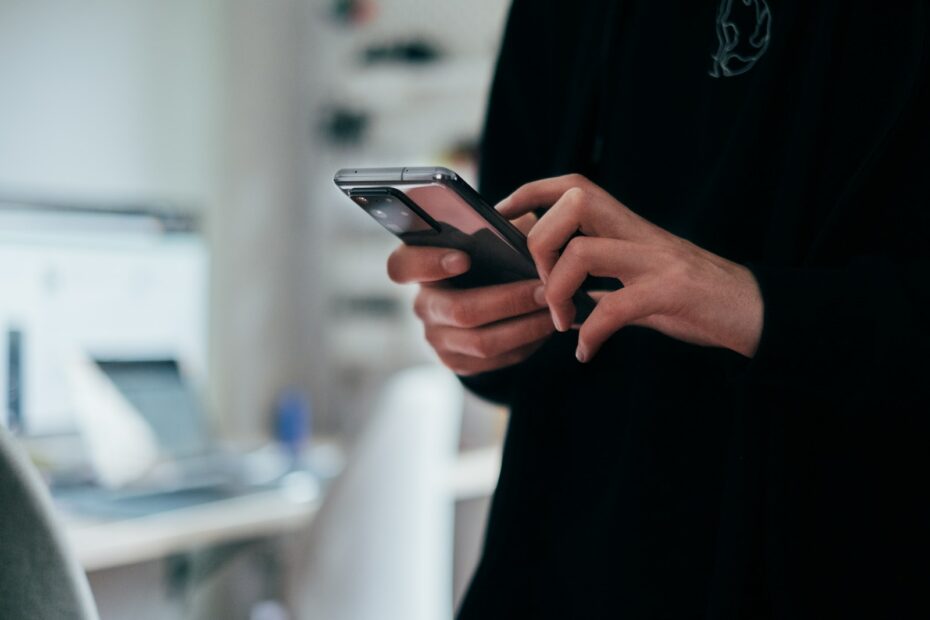A recent study has revealed that over 22% of individuals end up spending more time online than originally intended. To address this issue, here are some straightforward methods to reduce screen time.
Over 22% of individuals find themselves spending more time online than intended, according to a recent study. But how can you determine if your online activity is becoming problematic?
A research initiative at the University of Surrey in the U.K. sought answers by analyzing the online habits of almost 800 participants. They utilized their smartphones predominantly and were segmented into five categories to understand the range of “internet addiction.” The research aimed to differentiate between problematic internet use, like feeling uneasy when offline, and genuine addiction.
Study Insights:
- Younger individuals are more prone to internet addiction. Participants aged 24 and below were online for about six hours daily, while those older than 24 averaged 4.6 hours. There wasn’t a direct correlation between gender and online behavior.
Key Findings:
- Casual Users (14.86%): Primarily go online for specific tasks and don’t linger. They show no addiction signs and have the least interest in new apps. Average age: 33.4.
- Initial Users (22.86%): They don’t perceive themselves as addicted but often find themselves online longer than planned. They might neglect some chores and show moderate interest in new apps. Average age: 26.1.
- Experimenters (21.98%): Feel discomfort when offline, which disappears upon logging in. They are more open to new apps and tech. Average age: Between 22.8 and 24.3.
- Addicts-in-Denial (17.96%): Exhibit addictive behaviors like forming online relationships and neglecting responsibilities but deny feeling uneasy offline. They are confident in using new tech.
- Addicts (22.36%): Acknowledge their internet addiction and its negative repercussions. They are the most tech-savvy group regarding new apps.
Emotional experiences while using an app were a significant predictor of future online interactions across all groups.
Expert Opinions: Sheela Raja, a clinical psychologist at the University of Illinois Chicago, found the spectrum approach intriguing, showing that addiction exists on a continuum. Elizabeth Lombardo, a clinical psychologist, observed that some users were not genuinely enjoying their online experiences, highlighting the addictive nature of their behavior.
Why This Matters & What to Do: The objective isn’t to quit social media but to cultivate a healthier relationship with our devices. Here are some tips:
- Rubber Band Trick: Place a rubber band around your phone. Every time you unlock it, take a moment to ponder why you’re checking it.
- Use a Timer: Set timers to become more conscious of your online duration.
- Seek Offline Fulfillment: If social media is your source of connection, try connecting offline. If you use it to relax, find offline relaxation methods.
- Disable Push Notifications: Limit distractions by only allowing essential contacts to send push notifications.
- Establish No-Phone Zones: Places like the dining table can be designated phone-free zones. Keep your phone away from your bed to avoid nighttime scrolling.
- Record Offline Positive Moments: Note any positive interactions or observations made possible because you weren’t engrossed in your phone.
Remember: “We own this device — the device does not own us.”

Gladstone is a tech virtuoso, boasting a dynamic 25-year journey through the digital landscape. A maestro of code, he has engineered cutting-edge software, orchestrated high-performing teams, and masterminded robust system architectures. His experience covers large-scale systems, as well as the intricacies of embedded systems and microcontrollers. A proud alumnus of a prestigious British institution, he wields a computer-science-related honours degree.
